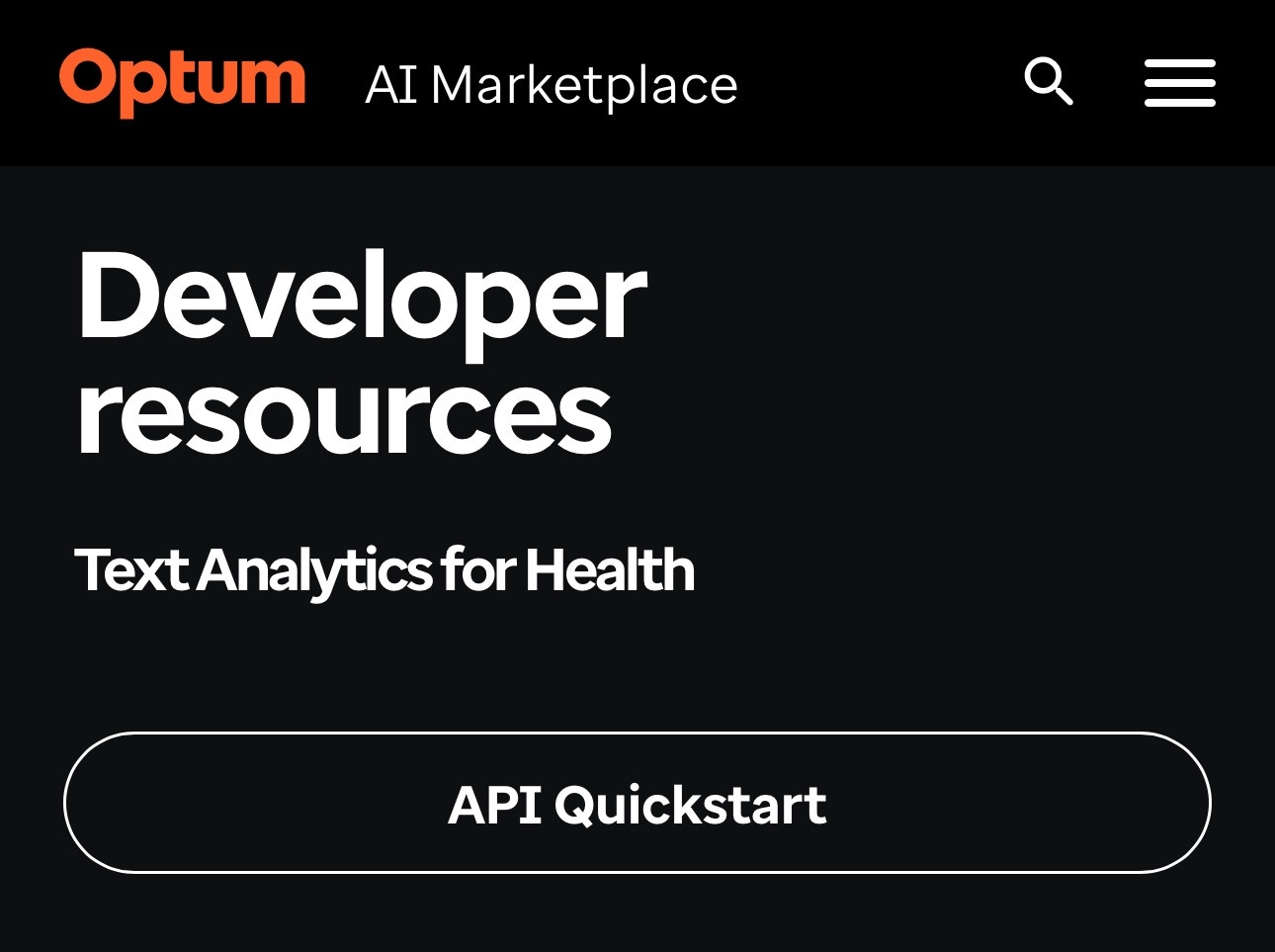Leveraging Microsoft's Text Analytics for Health API in Revenue Cycle Management: A Developer's Guide
Introduction
Healthcare revenue cycle management (RCM) faces significant challenges in processing and analyzing unstructured medical text data. Microsoft's Text Analytics for Health API offers a powerful solution for healthcare organizations looking to automate and enhance their RCM workflows. This guide explores how developers can leverage this API to build robust solutions for medical coding, billing accuracy, and claims processing.
Understanding Text Analytics for Health
Core Capabilities
Text Analytics for Health is a specialized natural language processing (NLP) service that extracts and labels relevant medical information from unstructured text. Key features include:
1. Entity Recognition
Medications and dosage
Medical conditions and diagnoses
Treatment procedures
Anatomical structures
Patient demographics
Healthcare providers
2. Relation Extraction
Medication to dosage relationships
Condition to treatment relationships
Time associations
Contextual qualifiers (negation, certainty)
3. Entity Linking
ICD-10 codes
SNOMED CT concepts
RxNorm medications
LOINC lab tests
Implementation Guide for RCM Use Cases
Setting Up the Environment
First, you'll need to set up your development environment with the necessary Azure credentials:
```csharp
string endpoint = "your-endpoint";
string key = "your-key";
var credentials = new AzureKeyCredential(key);
var client = new TextAnalyticsClient(new Uri(endpoint), credentials);
```
Processing Clinical Documents
Here's a basic implementation for analyzing clinical notes:
```csharp
async Task<HealthcareResult> AnalyzeClinicalDocument(string clinicalText)
{
var documents = new List<string> { clinicalText };
AnalyzeHealthcareEntitiesOperation operation = await client
.StartAnalyzeHealthcareEntitiesAsync(documents);
await operation.WaitForCompletionAsync();
return operation.Value.FirstOrDefault();
}
```
RCM-Specific Implementation Patterns
1. Automated Medical Coding
```csharp
public class MedicalCodingProcessor
{
private readonly TextAnalyticsClient _client;
public async Task<List<ICD10Code>> ExtractDiagnosisCodes(string clinicalNote)
{
var result = await AnalyzeClinicalDocument(clinicalNote);
return result.Entities
.Where(e => e.Category == "Diagnosis" && e.Links.Any())
.Select(e => new ICD10Code
{
Code = e.Links.First().DataSource,
Description = e.Text,
Confidence = e.ConfidenceScore
})
.ToList();
}
}
```
2. Claims Validation Pipeline
```csharp
public class ClaimsValidator
{
private readonly TextAnalyticsClient _client;
private const double CONFIDENCE_THRESHOLD = 0.85;
public async Task<ClaimValidationResult> ValidateClaim(
string clinicalDocumentation,
ClaimSubmission claim)
{
var analysisResult = await AnalyzeClinicalDocument(clinicalDocumentation);
return new ClaimValidationResult
{
IsValid = ValidateClaimAgainstAnalysis(analysisResult, claim),
SuggestedCodes = ExtractSuggestedCodes(analysisResult),
Discrepancies = IdentifyDiscrepancies(analysisResult, claim)
};
}
}
```
Best Practices for RCM Implementation
1. Error Handling and Retry Logic
```csharp
public class RobustHealthAnalytics
{
private readonly TextAnalyticsClient _client;
private readonly int _maxRetries = 3;
public async Task<HealthcareResult> AnalyzeWithRetry(string text)
{
for (int i = 0; i < _maxRetries; i++)
{
try
{
return await AnalyzeClinicalDocument(text);
}
catch (RequestFailedException ex) when
(ex.Status == 429 || (ex.Status >= 500 && ex.Status <= 599))
{
if (i == _maxRetries - 1) throw;
await Task.Delay((1 << i) * 1000);
}
}
throw new Exception("Analysis failed after maximum retries");
}
}
```
2. Batch Processing for Performance
```csharp
public class BatchProcessor
{
private const int BATCH_SIZE = 25;
public async Task ProcessDocumentBatch(IEnumerable<ClinicalDocument> documents)
{
foreach (var batch in documents.Chunk(BATCH_SIZE))
{
var tasks = batch.Select(doc => AnalyzeClinicalDocument(doc.Text));
var results = await Task.WhenAll(tasks);
await PersistResults(results);
}
}
}
```
Performance Optimization and Monitoring
1. Caching Implementation
```csharp
public class AnalyticsCache
{
private readonly IDistributedCache _cache;
private readonly TimeSpan _cacheExpiration = TimeSpan.FromHours(24);
public async Task<HealthcareResult> GetOrAnalyze(string text)
{
string cacheKey = ComputeHash(text);
var cached = await _cache.GetAsync<HealthcareResult>(cacheKey);
if (cached != null) return cached;
var result = await AnalyzeClinicalDocument(text);
await _cache.SetAsync(cacheKey, result, _cacheExpiration);
return result;
}
}
```
2. Monitoring and Logging
```csharp
public class AnalyticsMonitor
{
private readonly ILogger _logger;
private readonly Metrics _metrics;
public async Task<HealthcareResult> AnalyzeWithMetrics(string text)
{
using var timer = _metrics.CreateTimer("healthcare_analysis_duration");
try
{
var result = await AnalyzeClinicalDocument(text);
_metrics.Increment("successful_analyses");
return result;
}
catch (Exception ex)
{
_metrics.Increment("failed_analyses");
_logger.LogError(ex, "Analysis failed for text length: {Length}", text.Length);
throw;
}
}
}
```
Integration Patterns for RCM Systems
1. Event-Driven Processing
```csharp
public class DocumentProcessor
{
private readonly IEventBus _eventBus;
public async Task HandleNewDocument(ClinicalDocument document)
{
var result = await AnalyzeClinicalDocument(document.Text);
await _eventBus.PublishAsync(new DocumentAnalyzedEvent
{
DocumentId = document.Id,
Entities = result.Entities,
SuggestedCodes = ExtractRelevantCodes(result)
});
}
}
```
Security and Compliance Considerations
1. Data Encryption
Implement encryption at rest and in transit
Use Azure Key Vault for credential management
Implement proper access controls and audit logging
2. HIPAA Compliance
Ensure PHI handling follows HIPAA guidelines
Implement proper data retention policies
Maintain audit trails for all processing activities
Performance Metrics and KPIs
When implementing the Text Analytics for Health API in RCM workflows, track these key metrics:
1. Processing Performance
Average processing time per document
Batch processing throughput
API response times
Error rates and types
2. Business Impact
Coding accuracy improvement
Claims processing time reduction
First-pass resolution rate
Cost per claim processed
Conclusion
Microsoft's Text Analytics for Health API provides a robust foundation for building sophisticated RCM solutions. By following these implementation patterns and best practices, developers can create scalable, efficient, and compliant systems that significantly improve the accuracy and speed of healthcare revenue cycle management.
Remember to regularly review and update your implementation as the API evolves and new features become available. Stay current with Microsoft's documentation and best practices to ensure optimal performance and reliability of your RCM solution.
https://marketplace.optum.com/products/analytics_and_insights/text-analytics-for-health


